The Best Liveaboards for Tech Divers
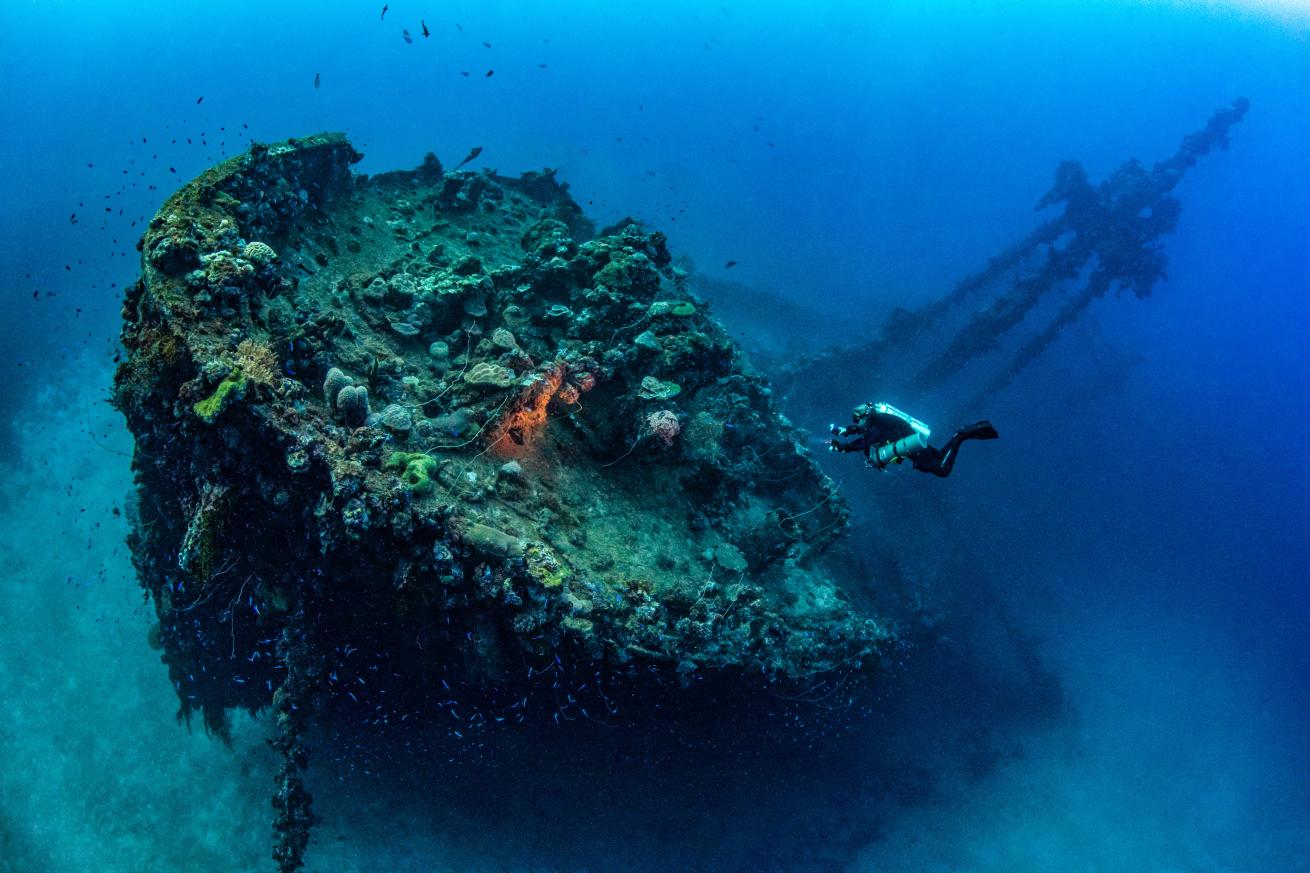
Byron Conroy/Master LiveaboardsA tech diver explores the Nippo Maru.
From diving deeper to staying longer and getting closer to marine life, technical diving delivers significant benefits. From the Bahamas to Bikini Atoll, here’s where you can take on technical diving during your next liveaboard vacation.
All Star Red Sea
Home to some of the world’s most storied deep wrecks, the Red Sea hails as one of the world’s best locations for tech diving, and the All Star Red Sea dives it all. Come aboard and take a class, including Tec 40, Tec 50, Trimix or rebreather, or dive easy (and deep) knowing that this vessel supports all types tech diving. In fact, one of the yacht’s cruise directors, Ahmed Gabr, is an accomplished technical diver, having set the record for the world’s deepest scuba dive. So is there any type of tech diving that All Star Red Sea doesn’t accommodate? “Not really,” says Kevin Purdy, president of the All Star fleet.
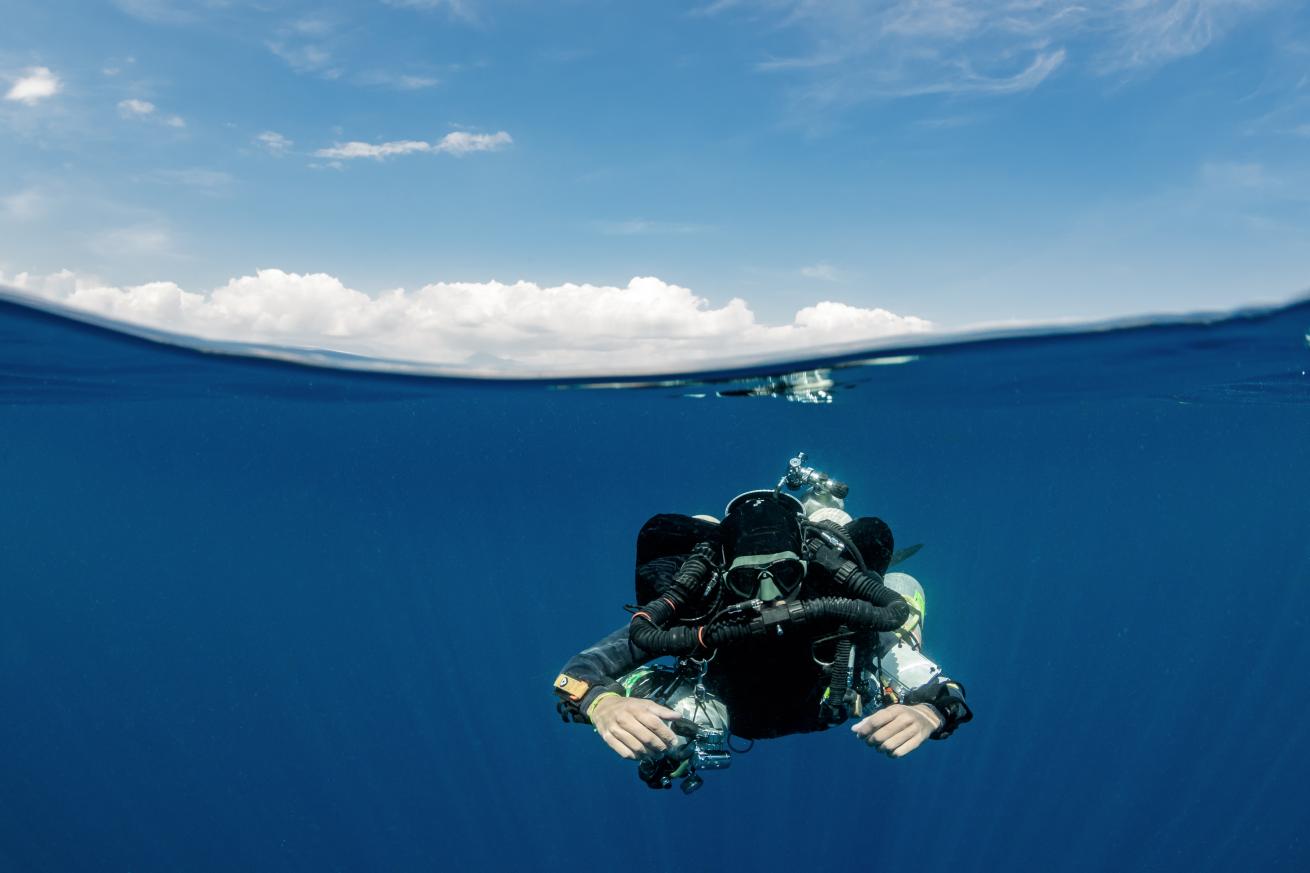
Shutterstock.com/MekanPhotographyRebreather and tech diving opportunities are increasing on liveaboards.
Odyssey
Double tanks, oxygen for decompression stops, decompression tanks and a fixed decompression bar at 15 feet are all provided to tech divers aboard M.V. Odyssey, dedicated to diving the legendary World War II underwater fleet of Truk Lagoon in the South Pacific. Every week, the lineup includes the destination’s most famous wrecks, including the Nippo Maru, Fujikawa Maru, Betty Bomber and a handful of ships most divers don’t know by name–yet. The nine-cabin, 16-guest vessel is also known for its legendary staff, most of which have been aboard for years, if not nearly a decade.
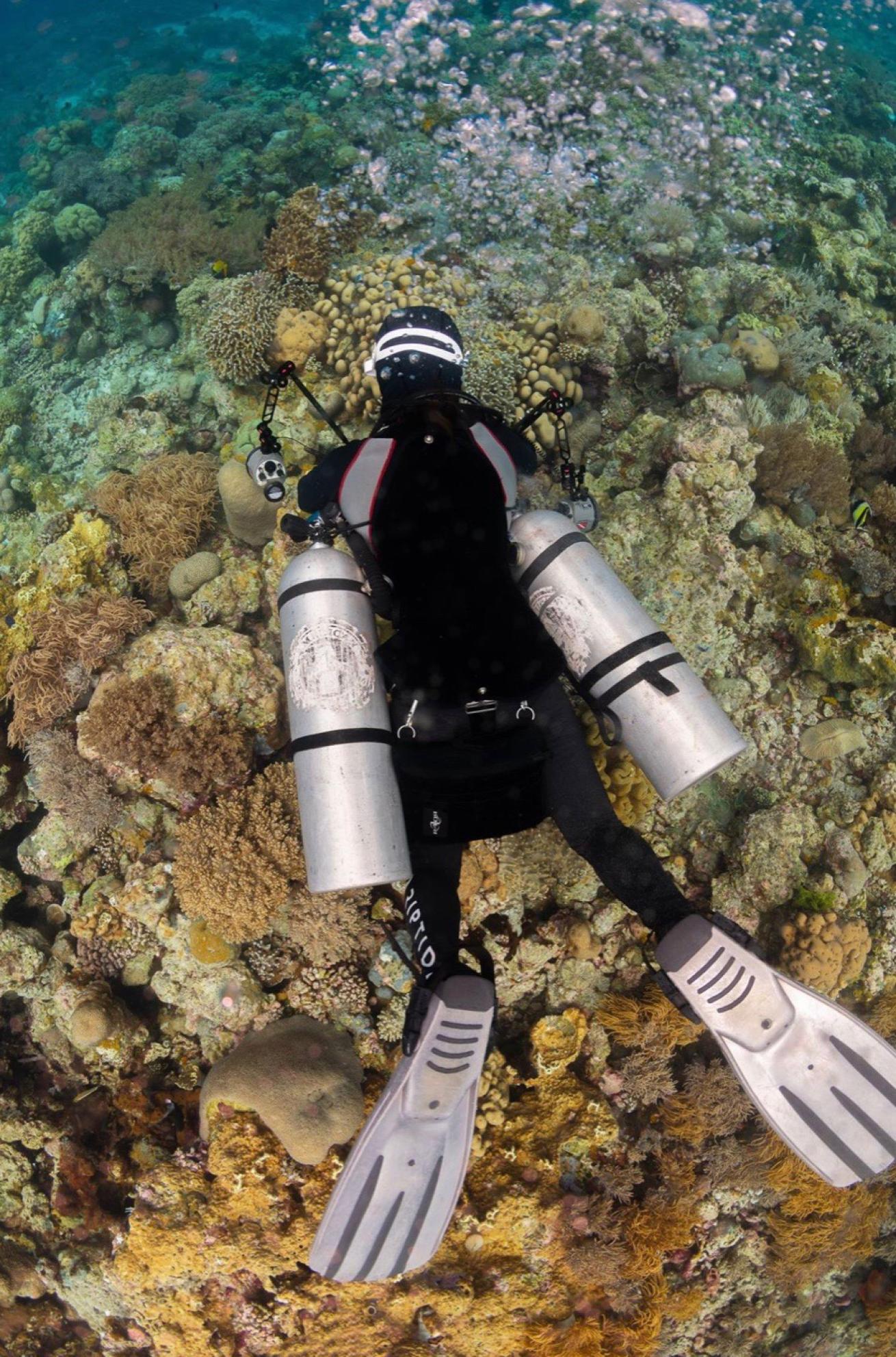
All Star LiveaboardsA sidemount diver explores the reefs during a liveaboard trip in Wakatobi with All Star Liveaboards.
All Star Velocean
Velocean delivers luxury, from the free onboard satellite WiFi to the staff-to-guest ratio of 18:24. The yacht itself travels at higher speeds, meaning less travel time for guests and more time on location for diving. Good news for tech divers: Velocean welcomes rebreather divers aboard. They ask that guests bring their own cylinders. The vessel provides pre-packed Sofnolime 797 for an added cost of $100 per pack. As for where you’ll go, Velocean offers several Indonesia itineraries, including eight- to 12-night trips from December to March in the biodiversity hotspot of Raja Ampat, 8-night itineraries from May to September in Wakatobi Marine National Park and six- to nine-night trips May to September in Protected Komodo National Park, known for giant oceanic mantas.
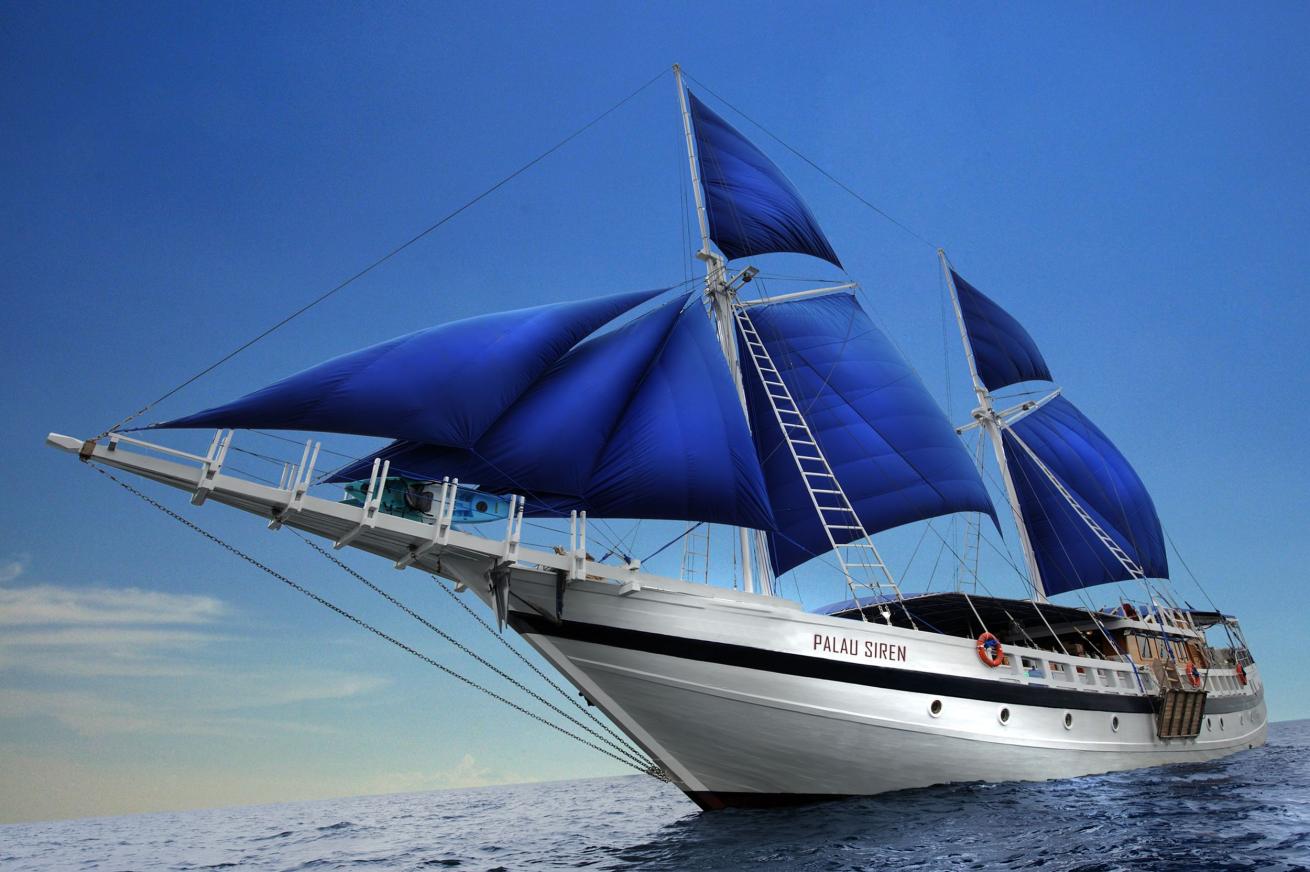
Aaron Wong/Master LiveaboardsImage of Palau Siren.
Palau Siren
Palau, in the western Pacific north of Indonesia, is arguably one of the best locations for rebreather diving. Locals have pinpointed the times and locations of a handful of fish spawnings, including those of snapper, bumphead parrotfish, sea bream and many more species. On rebreather, divers can fin up closer to the new moon and full moon spawning action. The 131-foot S/Y Palau Siren, a traditional Pinisi crafted of ironwood and teak, caters to a total of 16 recreational and rebreather divers. The yacht supplies oxygen ($0.07 a liter) and Sofnolime ($300 per 20kg tub). CCR cylinder sets in 2L or 3L sizes can also be rented by the day. Master Liveaboards, the team running Palau Siren, requests as much lead time as possible when you book so that they have enough of the necessary supplies onboard.
Pacific Master
Along with the Truk Master, the Pacific Master is one of two liveaboards operating in Bikini Atoll, an island chain abandoned in 1980 after World War II bomb-testing rendered it inhabitable. The destination is most famous for wrecks, including the U.S.S. Saratoga, one of three diveable aircraft carriers in the world. Given its depth, from 59 to 164 feet deep, it’s best experienced on Trimix, which the Pacific Master offers. The Nagato and a handful of other ships all lie well past recreational limits. Pacific Master offers full tech-diving facilities, including helium and oxygen fills available at an extra charge, for its 10-, 11- and 13-day itineraries. The boat offers 12 cabins and caters to a maximum of 16 guests.
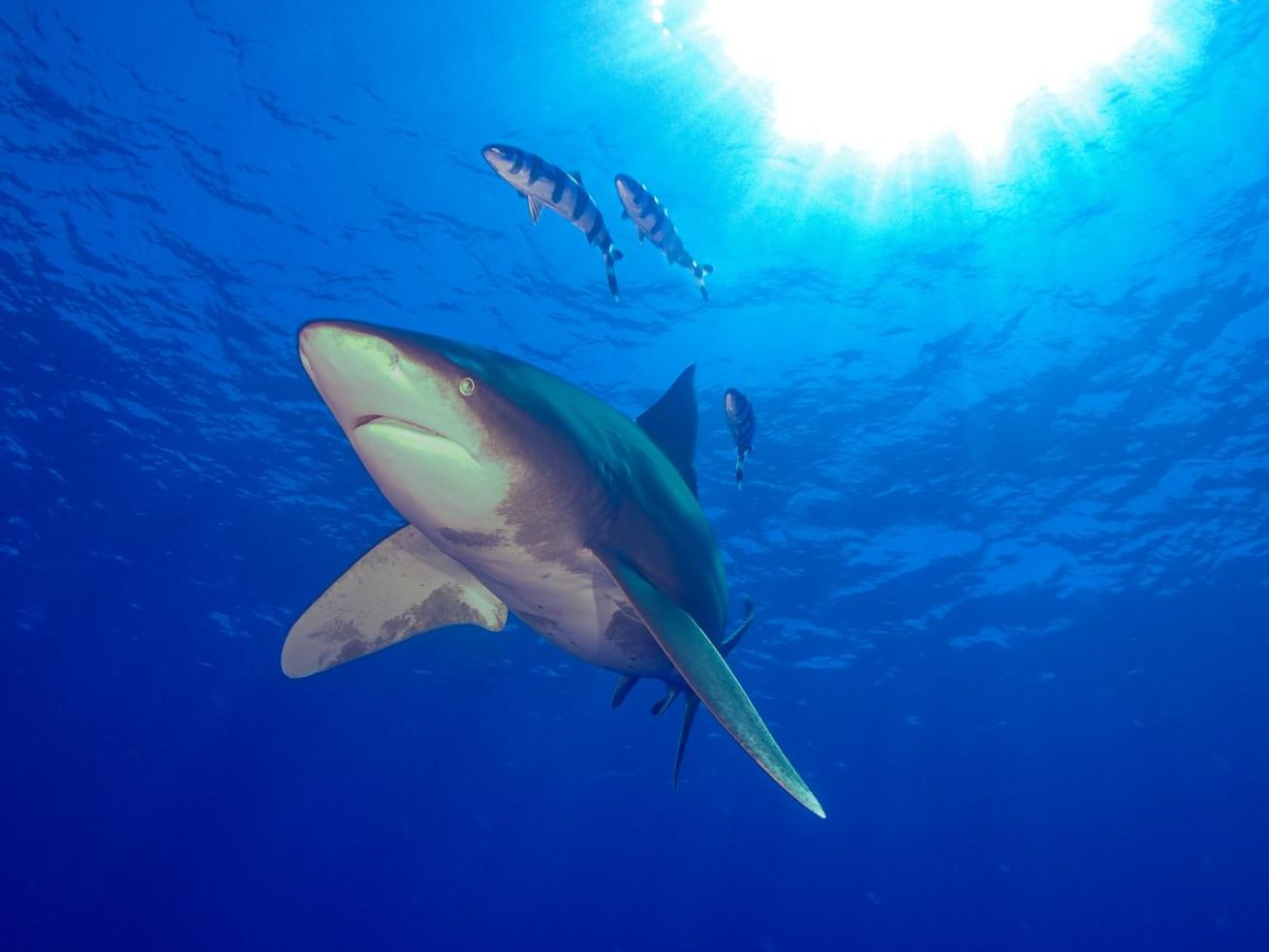
Sheng-Ting Fan/Master LiveaboardsAn oceanic white tip shark cruises through the water.
Bahamas Master
The Bahamas Master offers three itineraries that make the most of the wildlife and natural wonders of this easy-to-reach island chain. The Grand Bahama-centric cruise offers options for five, seven or 10 nights, all targeting the best of the island, as well as time at the world-famous tiger shark hotspot that is the west end. The 14-night Ultimate Bahamas itinerary includes time with the oceanic white tip sharks off Cat Island, the hammerheads of Bimini, the swimming pigs in the Exumas and much more. The vessel also offers seven- and 10-night wrecks, blue holes and sharks itineraries, combining visits to Grand Bahamas’ Tiger Beach, the wrecks off Nassau and the blue hole off Andros island. Aboard Bahamas Master, 10 cabins accommodate 18 guests. The ship welcomes rebreather divers, with the caveat that they make the request for Sofnolime and other supplies at least eight weeks in advance.
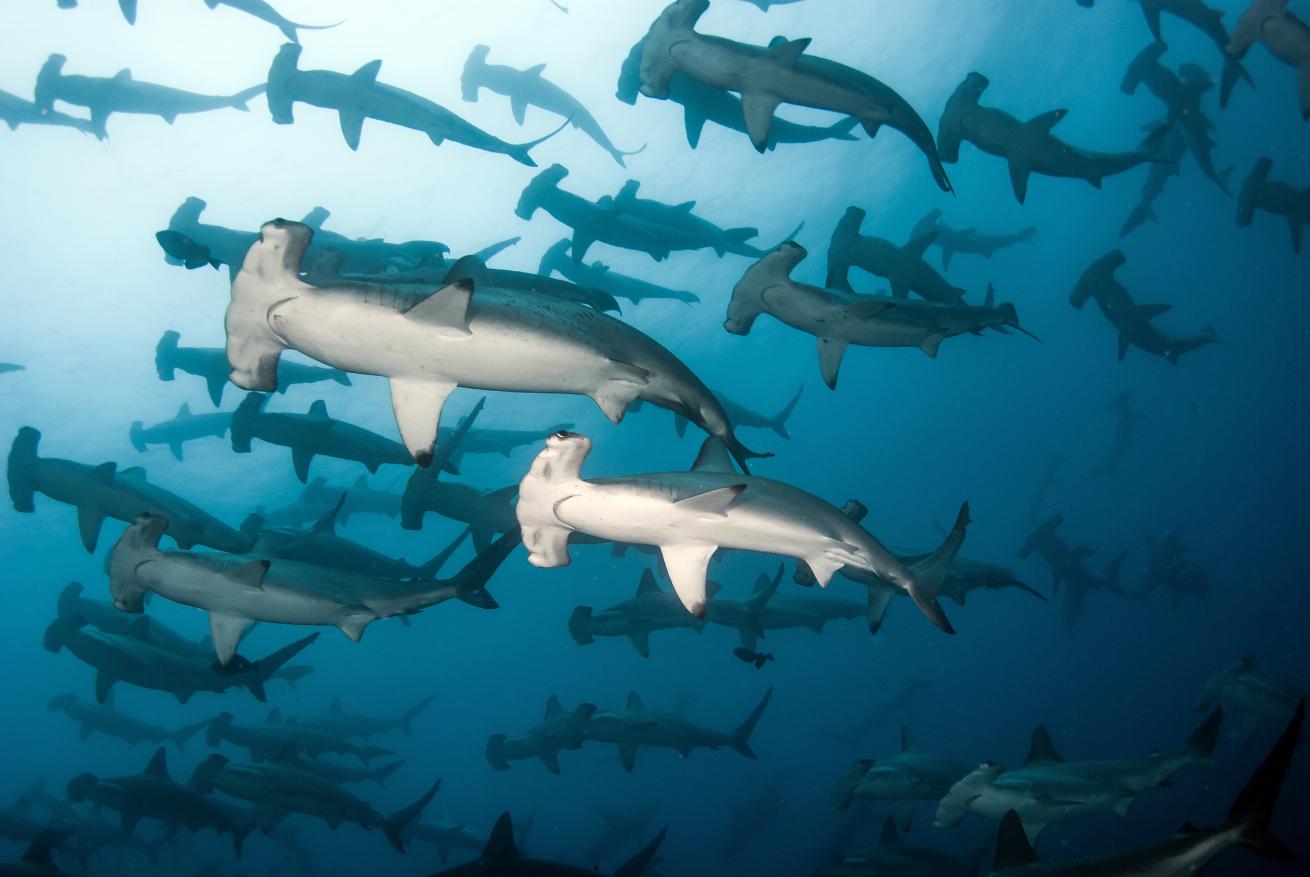
Shutterstock.com/AlexRushCocos Island is known for diving among schools of hammerheads.
Sea Hunter
Traveling to the outpost island of Cocos, Costa Rica, the 115-foot Sea Hunter expedition vessel delivers comfort and adventure, catering to 20 passengers and looked after by a crew of 10. This destination is known for a wealth of pelagic life, including schooling hammerheads, tiger sharks, manta rays and whale sharks. Both remote and protected, Cocos Island, located 312 miles from mainland Costa Rica, is home to abundant biodiversity, including 12 species of sharks and 16 species of marine mammals. Given the strong currents, all diving is done from tenders so the group can be dropped at the most prime spot at the moment. To make the most of it all, the ship offers rebreather diving and carries oxygen and other necessary supplies.
Nautilus Belle Amie
The biggest vessel in the Nautilus fleet, Belle Amie carries 32 passengers on several Mexico itineraries, including Socorro and the Sea of Cortez. All Nautilus yachts, including Nautilus Explorer, Nautilus Under Sea and Nautilus Gallant Lady, welcome rebreather divers by supplying sorb and oxygen. Note that they don’t allow extended dive times for rebreather divers but instead ask that they dive within the same schedule as recreational divers.










